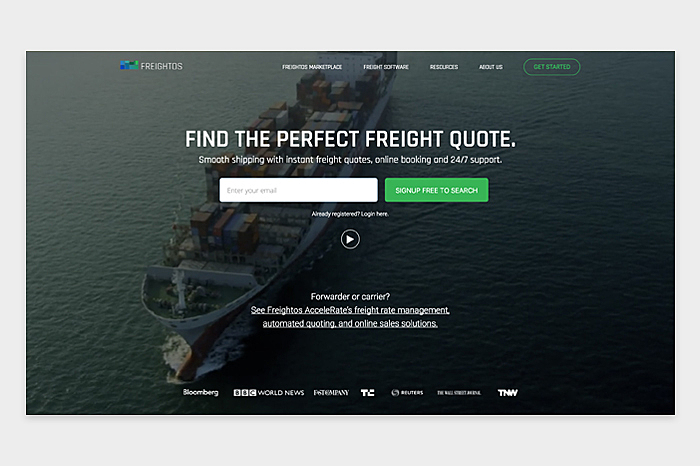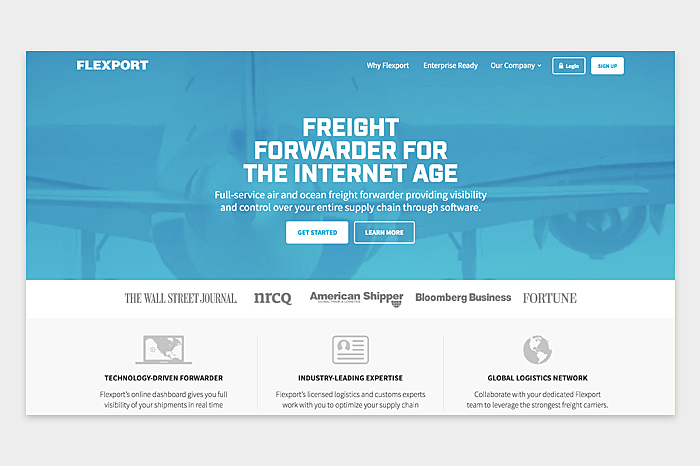
Best Logistics Company Web Design & Development: Tips and Tricks
There has always been a lot of competition between logistics companies. Today they devote close attention to establishing a strong online presence. By launching their own websites players get an excellent chance to gain a competitive advantage by disclosing relevant information about their business and advertising their services. In short, companies use their websites as a powerful marketing tool.
But what's the magic formula for creating a successful transportation website design and launching a viable product? There are some essential things that should be taken into account when it comes to designing a website for a logistics company.
Logistics website designers can answer this tricky question. Read this article to get an idea of what such a website should look like.
Useful Tips for Designers Who Start a Logistics Website Design Project
Providers of logistics website development services should gain a full understanding of their client’s business model. For example, a sophisticated model is likely to transform into a multi-page website, while a one-page website may be enough for a startup.
We’ve collected useful tips for business owners who are doing website design for transport industry:
Further reading: Building a custom proptech solution.
Corporate Websites
Essential Features
- Every website design agency for logistics should not forget to put businesses in the best light, as the first impression often plays a vital role. That’s why the main goal of corporate websites is to gain user confidence.
- This can be achieved by including detailed information about company services, awards and certificates, advantages that clients will gain, and more. Leave some space for customer testimonials, as human beings tend to rely on other people’s opinions.
- It's a clever idea to deliver content in a concise manner. If there are no unnecessary details, people will not get bored very quickly and they will be more likely to visit the website again.
- Highlight cases to point out how the company undertakes complex tasks, solves difficult problems, etc. to fulfill the order in a timely manner.
- The website should not just tell visitors a story, they should see it. Show faces of real people who work for the company and the company’s fleet.
Source: SEKO
- Think of including statistics to demonstrate valuable experience in the form of graphs and figures. The number of completed projects, clients that were served, and other accomplishments can be displayed.
Source: Logistics UK
Functional Features
- Great custom transport web design boasts noteworthy features that make them different from others. For instance, they have online systems letting customers track their shipment.
Source: Parcelmonitor
- They also have online calculators that make it possible to find out the estimated cost and time of the delivery.
Source: dtdc.in
- Let the company speak with customers: use "Contact Us" forms throughout the website and/or links to the "Contact Us" page, and online chat software, thus prompting clients to send requests.
- Mobile web browsing is now leading the race for the customer base. So, it is crucial that website pages look the same on mobile and desktop browsers. Designers can opt for the responsive design for logistics websites, as this approach addresses the needs of users by allowing them to access the same web page from any device.
Freight Marketplaces
Important Features
- Such a website must clearly indicate pros of using it: disclose the number of orders which were made and carriers/forwarders that are available there.
- Employ a review system: let customers tell each other how good service providers are by leaving feedback or submitting reviews.
Source: tryfleet.com
- Grant carriers and freight forwarders a chance create detailed profiles containing details about their services, fleet and staff photos, interesting cases, prices, etc.
- The website should be a source of relevant data: advise the customer to start blogging. Disclosing latest company news to people is not enough. Sharing legal information, market news, and unique research findings with visitors will help the company establish credibility, get subscribers, and build a good reputation.
Functional Advice
- Choose a simple UI design and content architecture to eliminate confusion and create the positive user experience.
- You may offer visitors an opportunity to compare different freight quotes in real-time and choose different payment options (e.g., online/wire). Let users communicate with each other by taking the advantage of the direct message functionality.
- Note that many visitors will utilize mobile devices to access the platform, and a mobile version of the website is a must. Double-check that electronic data interchange (EDI) works smoothly, as different APIs will be used.
- Cargo tracking is one more significant feature that the platform must have.
Freight Forwarders
General Features
- Broadly speaking, these websites are more like a combination of freight marketplaces and corporate websites. They demonstrate users that their owners deserve attention.
- Illustrate the advantages by adding positive customer reviews, accurate information on services offered by the company, employee photos, and more. Pay careful attention to how services and the logistics network are described. Case studies and fleet photos will help the company to earn trust.
- Try not to be noisy: do not produce too much content (unless it is a blog post) and use images and graphs where it is appropriate.
Source: Twill
Functional Tips
- Minimize complexity in the user interface. Visitors do not like being disoriented. They want simplicity and the ease of use.
- Let them choose between options by displaying estimated costs and time of shipment. The freight tracking functionality and different payment options should also be added.
- Provide a means of integrating your site with different business intelligence systems, TMS, ERP systems, etc. to outshine competitors and make the platform an essential business tool.
- The website owner may decide to develop a mobile app, too. But some visitors will not install it and continue using mobile browsers to access the website. So, the website must be mobile friendly.
Logistics Company Web Design: Important Features
Have you already understood how to create the best logistics website design solution? Check these tips to get more inspiration:
1. Keep in mind page loading time
People feel frustrated if they have to wait too long. Page loading time is extremely important: each second counts, as there is a risk that the visitor may abandon the web page. So, make sure that all the pages load quickly or show a custom page loading effects (e.g., animation) to entertain users.
2. Have absolute visual consistency
It is common knowledge that visual consistency must not be neglected. All the elements should live in the perfect harmony with each other. Use the color theory to select colors for future web pages, and draw icons that visually describe their functions and purpose. Do not forget about contrast. Choose an eye-catching background image to top it off. You may pick the image that illustrates services offered by the customer.
3. Keep in mind tech unsavvy users
According to a recent study, many adults are not tech-savvy, and some of these users are part of the logistics service provider's target audience. That’s why the hamburger menu is not always the right choice. Some people may fail to use it, as they are not familiar with this tool. Besides, such menus are hard to notice.
4. Have consistent main navigation
Consistency is one more rule: the menu should stay the same throughout all the pages. Place the company logo in the top left corner to let visitors go back to the home page by clicking on it.
5. Make search box visible
Visitors should have the opportunity to use the search box at any time. All the site’s pages should have this element unless you are going to create a very small site.
6. Employ CTA buttons
CTA buttons can be employed, too. Feel free to make them interactive. Animations and microinteractions can be utilized elsewhere to draw visitors’ attention. But be cautious and do not overuse them.
7. Ensure good scrolling experience
People like scrolling more that clicking. Keep in your mind the two rules of ensuring good scrolling experience:
- Make a scrollbar visible.
- Pages should not be too long.
8. Make links distinguishable
Links should be distinguishable to encourage users to open them.
9. Add social share and follow buttons
Can people leave without social networks? 1.94 billion monthly active users of Facebook and 313 million monthly active users of Twitter will definitely say "No". It is wise to add social share and follow buttons to the all the pages or even let users log in to it with their social logins.
10. Secure online payment
It’s a good practice to give customers an option to pay for the logistics services directly on your website. That’s why you need to provide a secure payment gateway. To attract more customers, you can offer multiple payment options so that customers could choose the one based on their preferences.
The Cost of Logistics Company Web Design & Development
Logistics company website development and design cost depends on a number of factors, so there is no one-size-fits-all policy considering pricing. The factors are:
- The features a customer wants to implement, software customization, data migration, and third-party integrations.
- Individual requirements for customizing the interface, using complex shapes, adjusting standard elements, animations, etc.
- Website maintenance, such as patches, updates, and upgrades. This is generally included with subscription pricing.
- Tech stack and developer’s hourly rate.
On everage, logistics company website development and design requires about 600-2200 development hours, which translates to a budget of approx. $30000-$110,000.
Types of Logistics Company Websites
Let's take a quick glimpse at the most common types of logistics company websites. You may recognize some of them.
Corporate Websites
They are run by firms that want to inform potential and current clients about their mission, services, fleet, news, and more.
Source: kapitanlogistics.com
Freight Marketplaces
These online platforms usually do not have their own fleet and act as an intermediary between shippers and carriers. They receive the income from matching capacity with demand in real-time, i.e. the websites bring together carries/forwarders and shippers.
Source: freightos.com
Freight Forwarders
These websites offer an extensive range of services to their visitors: transportation, warehousing, packaging, distribution, etc. They take on the role of the agent that arranges the movement of freight from one location to another.
Source: flexport.com
To sum up, the business model chosen by the provider (not its fleet) usually determines features and functionalities of the website.
5 examples of Good Logistics Company Website Design
Take a look at 5 logistics websites that will serve as an inspiration for you to create your own astonishing design.
Fendale Logistics
Source: Fendale Logistics
Minimalistic and, at the same time colorful with bold typography, the website looks so engaging that you want to know more about the services. In addition, small details like maps and animated icons add life to the pages.
Logindustria
Source: Logindustria
Another example of the use of color, bold fonts and minimalistic structure that makes the website dynamic. The pages come to life as the 3D container animation changes with the page scroll. The Services pages are a perfect demonstration of isometric illustration of logistics elements.
IndoSpace
Source: IndoSpace
The home page presents IndoSpace as the largest investor, developer, and manager of Grade A industrial and logistics real estate. The whole website is rich in interactive elements that offer full overview of IndoSpace services and scale.
Sourcemap
Source: Sourcemap
The company’s simple design is well blended with customs icons and a wide range of colours. The services are arranged in a step-by-step plan, which makes it easier for potential clients to choose the service they need.
Flexe
The use of aerial shot videos on the homepage adds an entirely different kind of dynamism. The design is seamless with aerial shot videos and primarily neutral palette of colors. The black and white interface also helps to provide contrast and dynamics.
Agente experience
Conclusion
Websites have become online business cards for logistics companies. The role of logistics website design cannot be overestimated. Designers and developers should work closely together to develop a product that people will love.
AGENTE designers apply their expertise to create great web and mobile solutions. Feel free to contact us to learn more about our services.
Read also: best practices of educational website design.
FAQ
What must-have features should logistics website design include?
Online ordering, real-time order tracking, cost and time calculation, secure online payments, live support chat, feedback and awards, mobile browsing, comparison and provider profiles.
Why is it important to know the type website to create a good custom transport web design?
Depending on the website type (corporate website, freight forwarers or freight marketplaces), designers can suggest necessary features and functionalities.
What are the factors determining the cost of logistic company website development?
The range of features, individual requirements for customizing the interface, website maintenance, tech stack and developer’s hourly rate.
Rate this post!
547 ratings, average ratings is 4.8 out of 5
Related Posts
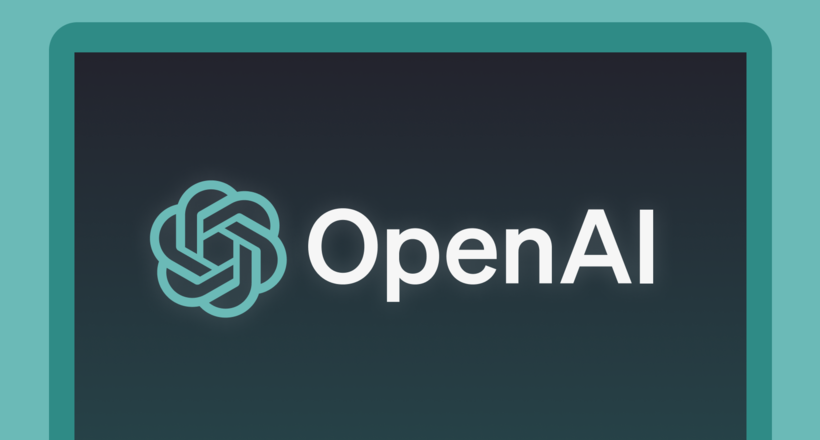
16 January 2024
ChatGPT Plugin Development: Features and Benefits for Business
Explore the process of crafting a ChatGPT plugin tailored precisely to meet your unique business requirements.

19 January 2024
AI Model Fine-Tuning: How to Use Your Organization's Data?
Organizations are transitioning from generic solutions to hyper-customized intelligence, seeking AI models designed to address their unique challenges and propel them toward strategic objectives.
This demand has propelled fine-tuning to the forefront of AI development.
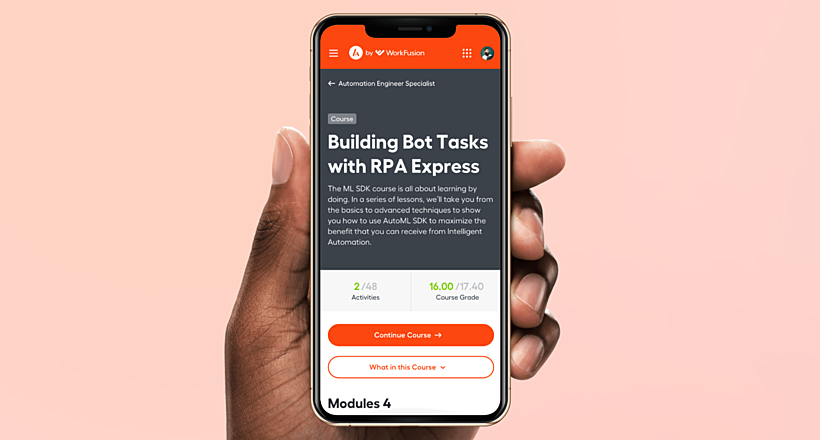
Develop Custom Corporate Microlearning Platform
Custom microlearning solutions for corporate training: Discover how to develop a tailored platform for efficient and engaging employee learning
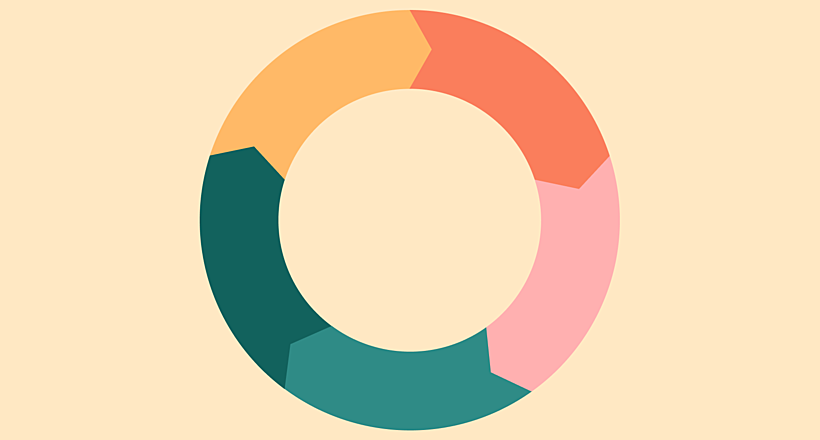
24 January 2024
Employee Training Management Software Development in 2024: Features and Cost
Streamline your employee training with cutting-edge software solutions. Explore the features and costs of employee training management software.
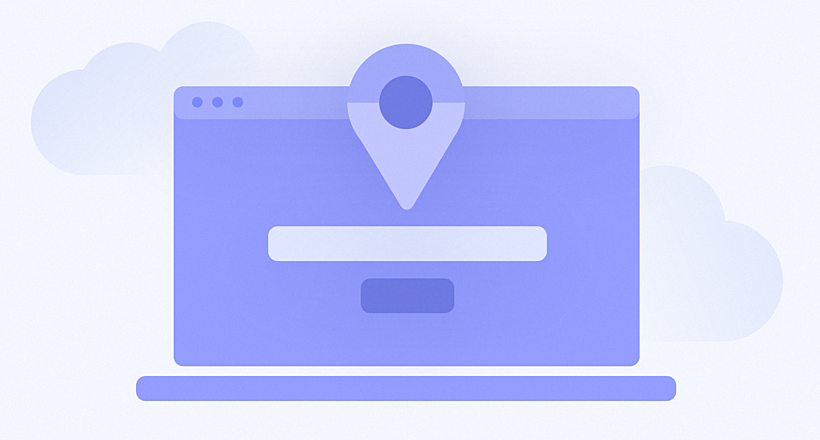
How to Launch Your Online Travel Marketplace Platform in 2024?
Learn how to launch your own online travel marketplace platform in 2023 with our comprehensive guide and step-by-step insights.
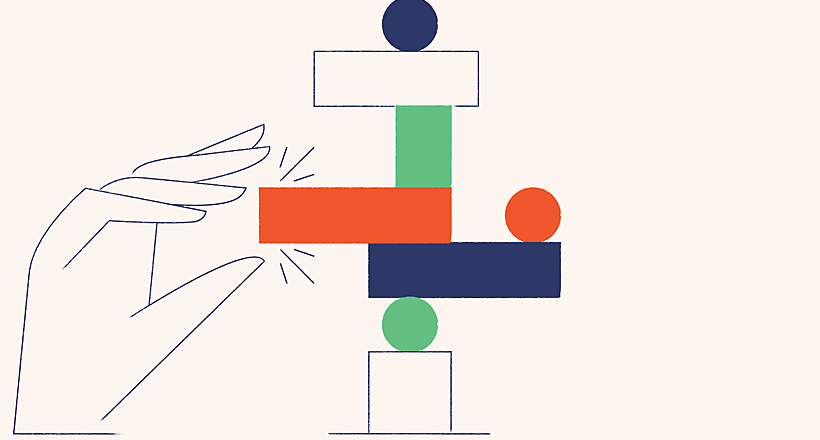
22 January 2024
Top 15 Software Project Risks and Mitigation Examples in 2024
Explore our guide to the top 15 software project risks and learn mitigation examples to ensure project success.
Let's talk
Is there a challenge your organization or company needs help solving? We’d love to discuss it.

Managing Director, Partner
Andrew Terehin

Thank You!
Your message has been successfully sent.
We will contact you very soon.

